On March 17th, 2023, students of the TUNEM program from the classes of 2021 and 2022 visited the laboratories of the Department of Engineering Physics. TUNEM is a professional master's degree program, aims to develop competent talents in nuclear power engineering and management for the global nuclear power industry in response to the Belt and Road Initiative. The program aligns with the goal of Chinese nuclear companies to expand internationally and has effectively drawn students from nearly 30 countries who have enrolled in the program.
The laboratories visit was part of the TUNEM "Perceiving China via Cultural Immersion" series’ activities. During the visit, students had the opportunity to explore various laboratories within the department, namely the Laboratory for Advanced Radiation Sources and Application (LARSA), the Low Temperature Plasma Physics Laboratory, the Laboratory for Prototype of Emergency Response Platform System, Sino United Spherical Tokamak (SUNIST) Laboratory, the Laboratory for Electromagnetic Pulse Environment and Effects, Nuclear Engineering Virtual Simulation Laboratory (NEVSL) as well as the laboratories for academic explorations. The visit was organized with great arrangement to ensure a high-quality experience for all participants. In order to achieve this, the visit was divided into two groups based on classes.
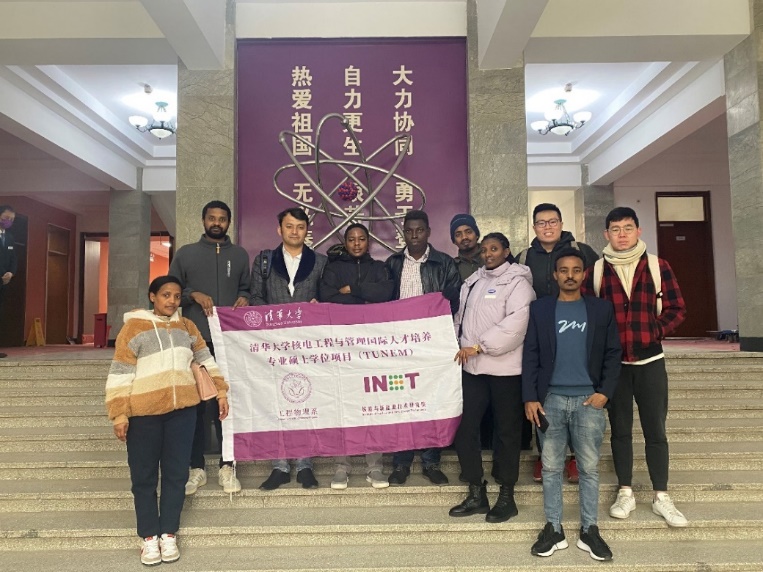
Group photography of TUNEM students from the class of 2022 in the Old Building of Department of Engineering Physics.
As the first spot of the laboratories visit, the students had the opportunity to explore the Laboratory for Prototype of Emergency Response Platform System and gained insights into the National Emergency Platform System. Led by Professor Chen Jianguo, the students received a thorough introduction to the history and importance of the system in emergency management. Professor Chen provided an in-depth overview of the National Emergency Platform System, highlighting its various functions and capabilities. He also discussed the history of the system's development, providing context for its current structure and operation.
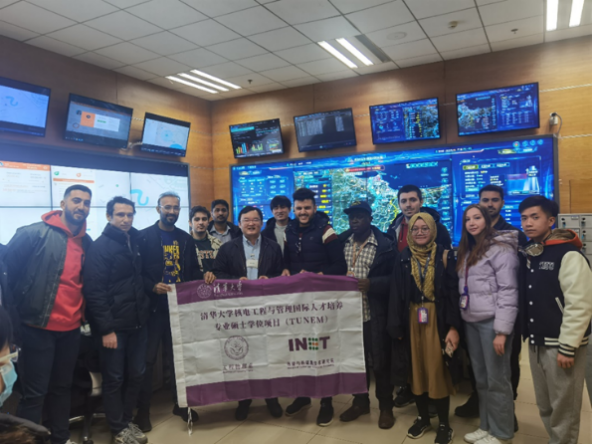
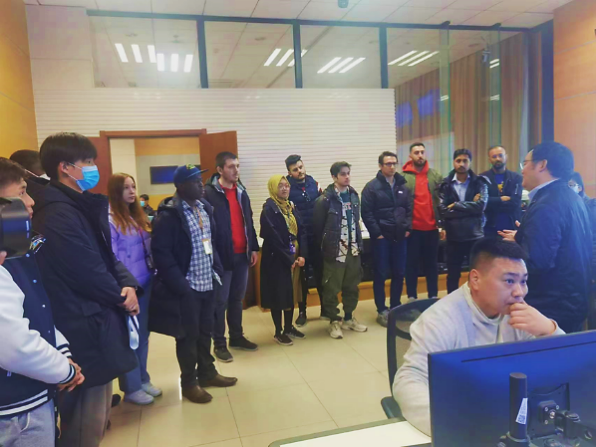
TUNEM students visiting the public safety laboratory.
At the laboratory for academic explorations, students had the opportunity to participate in various hands-on experiments and were introduced to a range of experiments designed to give them a practical understanding of key concepts. Professor Ni Jianping provided a detailed explanation of the experiments and their underlying scientific principles, allowing the students to gain a deeper appreciation for the practical applications of their coursework. By participating in these experiments, the students were able to apply their theoretical knowledge to real-world scenarios, and to gain valuable insights into the field of engineering physics.
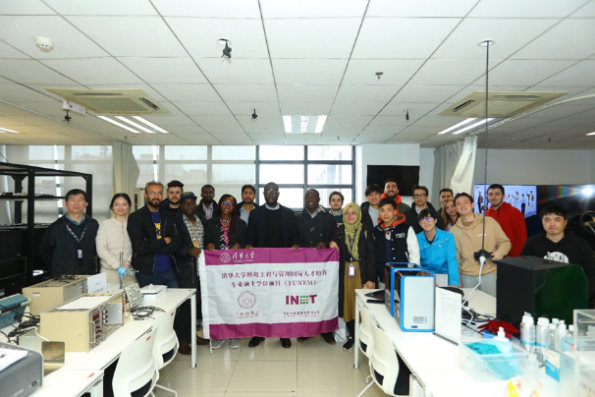
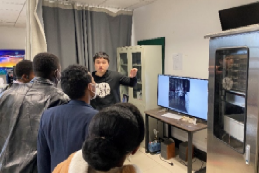
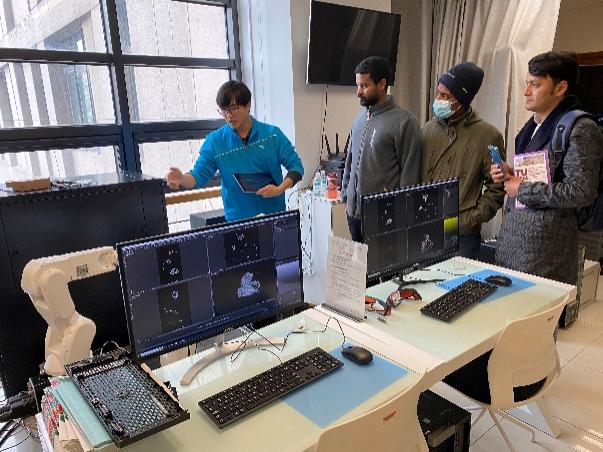
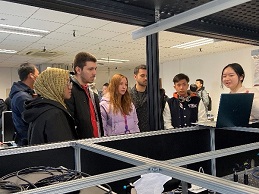
TUNEM students discovering different experiment setups at the laboratory for academic explorations.
During the visit to the Laboratory for Advanced Radiation Sources and Application (LARSA), the students were led on a tour of several experimental platforms for producing radioactive rays, including the Tsinghua Thomson-Scattering X-ray Source (TTX) and Compact Pulsed Hadron Source (CPHS).
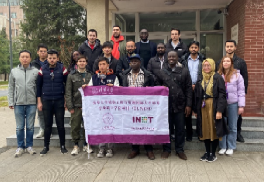
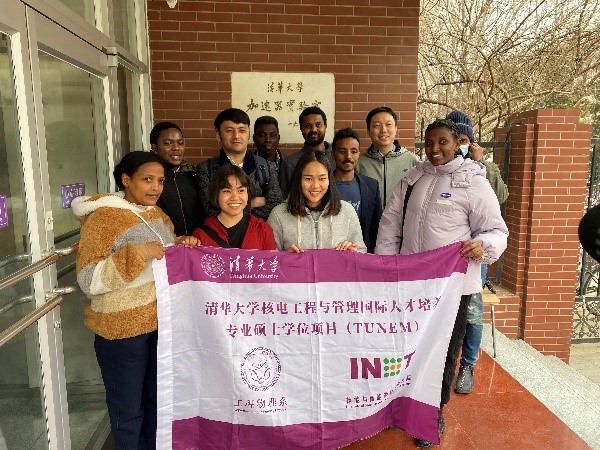
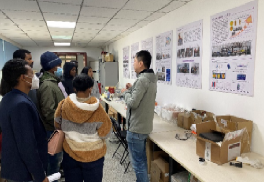
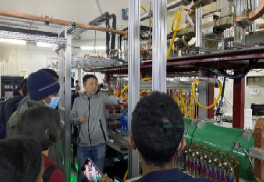
TUNEM students visiting the Laboratory for Advanced Radiation Sources and Application (LARSA).
At the Laboratory for Electromagnetic Pulse Environment and Effects, students from the laboratory provided a detailed exposition on the distinctive features and research significance of strong electromagnetic pulse environments and their associated effects. Following this, they took the initiative to conduct an educational tour of the Gigahertz Transverse Electromagnetic Cell (GTEM) chamber, a specialized experimental setup utilized for the study of the impact of electromagnetic radiation.
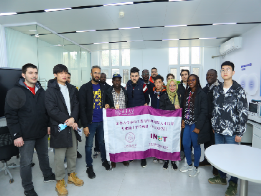
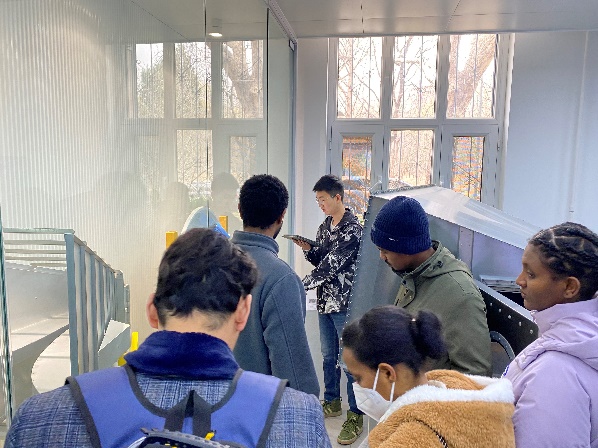
TUNEM students exploring the GTEM chamber at the Laboratory for Electromagnetic Pulse Environment and Effects.
The visit to the Low Temperature Plasma Physics Laboratory afforded the students an opportunity to acquire understanding about the significant features of low-temperature plasma in the field of semiconductors. During the tour, the students were shown the apparatus used for the preparation and measurement of low-temperature plasma and were able to closely observe the equipment setup.

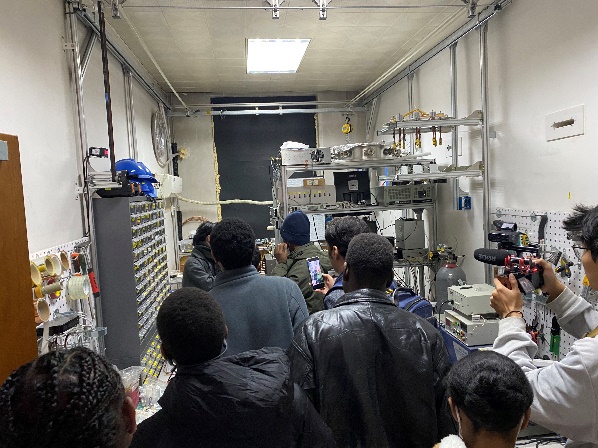
TUNEM students taking a close view at the equipment for plasma preparation.
At the Sino United Spherical Tokamak (SUNIST) Laboratory, students made a preliminary exploration of the structure and related hardware design of the spherical tokamak, and gained insight into the existing challenges in controlled nuclear fusion.

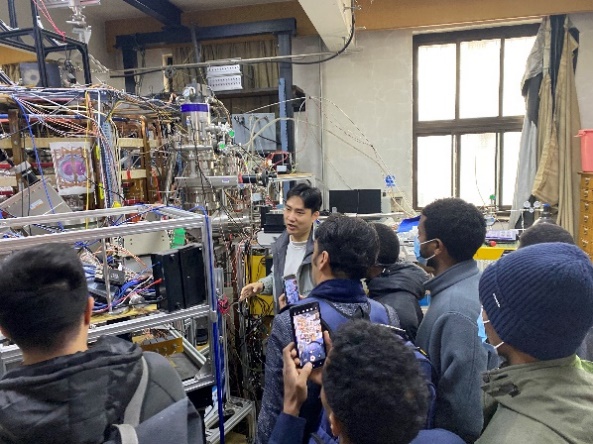
TUNEM students observing the spherical tokamak at the SUNIST laboratory.
During the visit to the Nuclear Engineering Virtual Simulation Laboratory (NEVSL), Mr. Huang Shanfang and his fellow students demonstrated to TUNEM students the application of advanced numerical simulators in building virtual simulation systems for reactor engineering. They also provided a brief introduction to the various types of reactors that can be simulated in the laboratory.
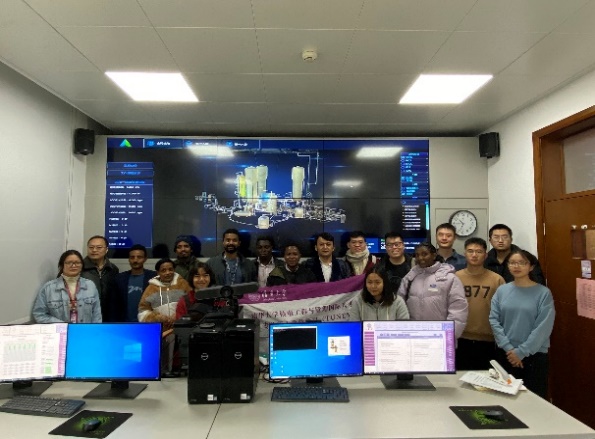
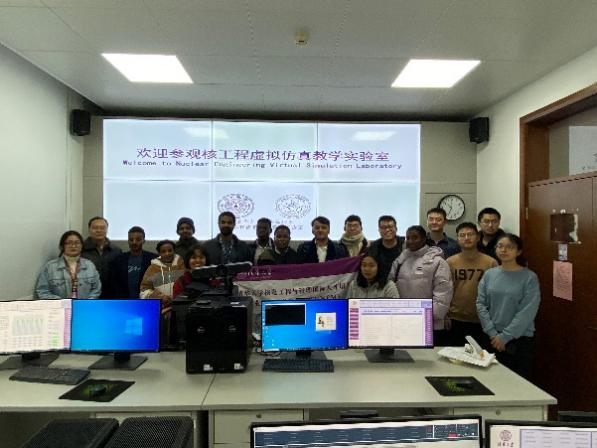
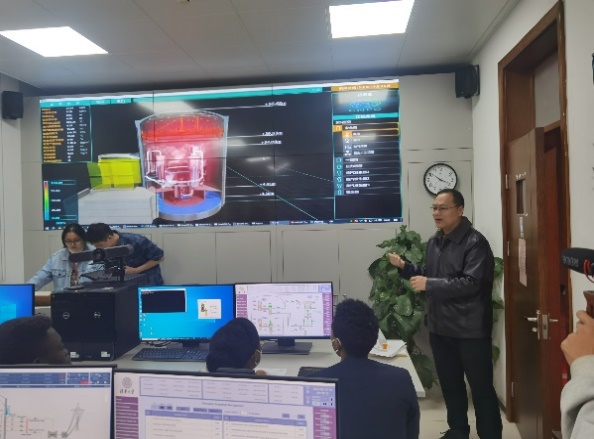
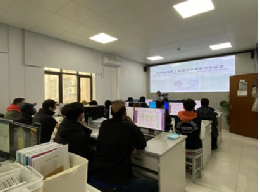
Mr. Huang demonstrating the application of the reactor simulator to the TUNEM students.
Overall, the tour to multiple laboratories of the Department of Engineering Physics provided the students with a unique opportunity to engage with cutting-edge research and to gain a deeper appreciation for the importance of experimental work from different areas in the field of engineering physics. By exploring the laboratories, students have broadened their scientific research perspectives, laying the foundation for their future studies and research in the field of nuclear science and technology.
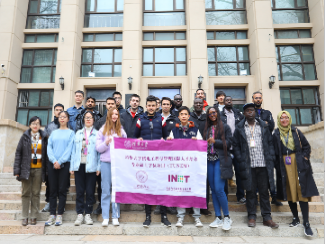
Group photography of TUNEM students from the class of 2021 at the Old Building of the Department of Engineering Physics.

